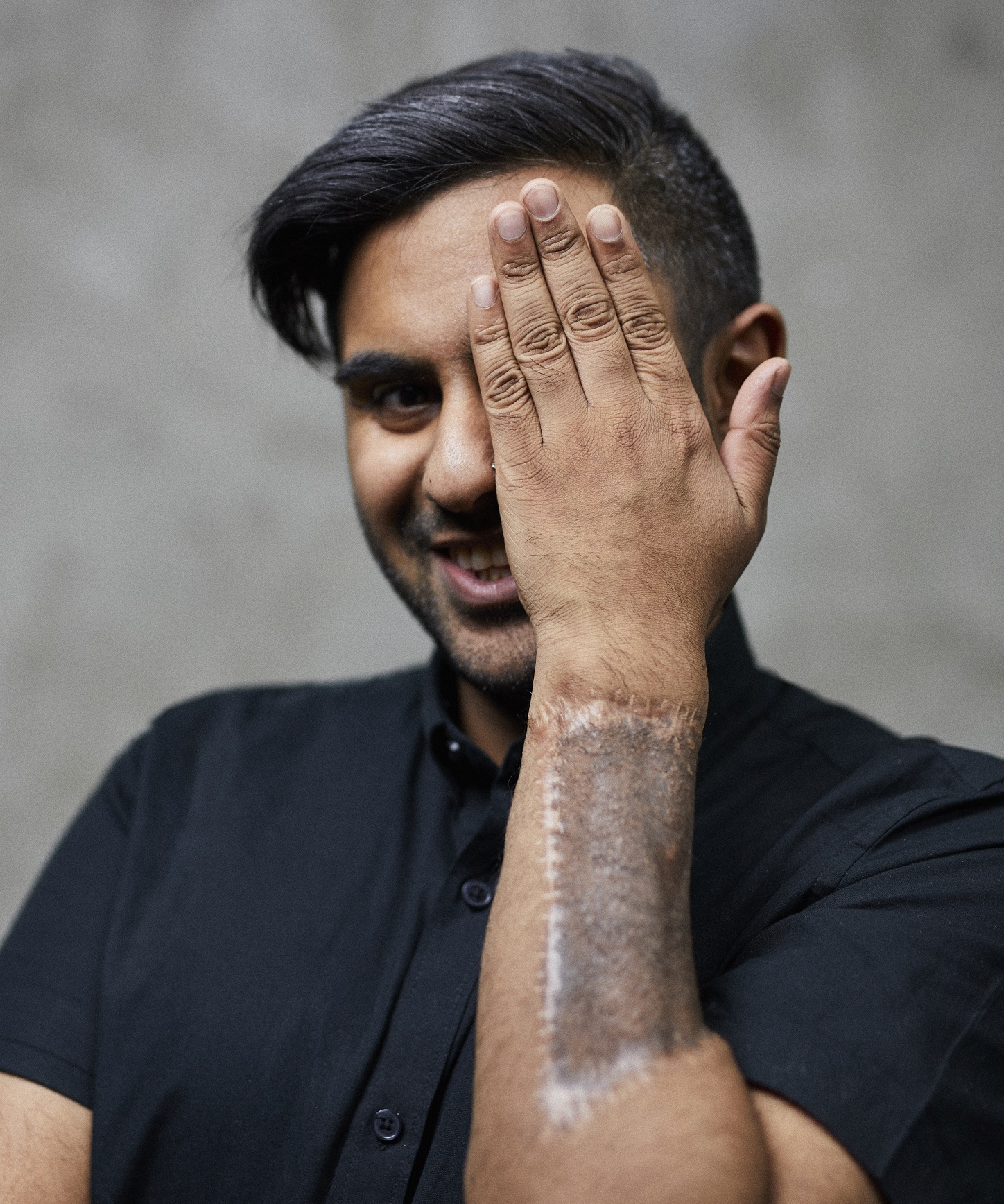‘Caster Semenya is a woman born with natural advantages – the world cannot be allowed to police her body’
The double Olympic champion's treatment is yet another example of the way society forces medical interventions on people with differences in sex development (DSD), writes Anick Soni.
By Will Stroude
Averages are not representative. What makes someone an athlete is that they’re above average. I shouldn’t know anything about Caster Semenya’s body, and for the most part, I don’t – very few of us do.
There have been public discussions around hypoandrogenism and hormone levels – things few people have expertise in, but that appears to be irrelevant. Sport’s highest institutions have a target set on this South African Olympic athlete; specifically on policing her body, just like they did with Indian sprinter Dutee Chand.
This is an issue of human rights, as much as it is an issue about feminism, race, fairness in sport, and the policing of women’s bodies.
I’ve seen, read and heard commentators from all over the world deliver their opinions on this case. Often with limited thought about the implications for people, like Caster Semenya, who are born every day across the world with bodies that are naturally different from the ‘norm’.
From arguing that the effects of the medication Semenya is being asked to take to reduce her testosterone levels are ‘reversible’, to making comparisons between her body’s natural hormone production and doping, the conversation has been rife with misinformation about the human body.
Whilst some continue to conflate or confuse intersex/differences in sex development (DSDs) with being trans*, others rely on high school-level science to suggest that chromosomes are the only indicator of a person’s ‘true’ sex. They suggest that Semenya’s hormones and/or chromosomes are the reason behind her victories – not decades of dedication to the sport, continuous hard work and a champion’s determination to succeed. They claim that this is about fairness in sport. They claim it’s not about gender identity or politics, it’s about science.
Well, scientifically speaking, defining sex comes down to an individual’s sex characteristics: their karyotype (chromosomes); their hormones; their internal, and external, genitalia. It’s a combination of these factors, not one of them in isolation, which is used to determine one’s sex. So, what happens when a person matches the majority of the ‘criteria’ set for the definition of a female, or a male, but is not a ‘textbook’ example?
When someone is born with a variation in their sex characteristics, they are sometimes diagnosed as having a DSD. Sometimes the same variation can be referred to as being an intersex trait – though it’s important to note that Caster Semenya does not refer to herself in this way. Either way, a DSD means that a person’s body does not fit the traditional, or average, definition of a particular sex. For some people, this may be evident at birth due to the way their external genitalia looks, but in others, they find out later in life, or not at all.
It’s also worth pointing out that there are no accurate statistics on how many people are impacted by DSDs because definitions vary within law, medicine, and culturally. Intersex/DSD is not synonymous with being non-binary, and whilst some people may be non-binary, intersex people can also be female, or male. Caster Semenya is a woman: she always has been.
As a society, we don’t currently run karyotype testing in schools to determine which PE classes someone belongs in. We don’t measure hormone levels and exclude anyone below, or above average, from participating in sport (and neither did World Athletics, until Caster Semenya began setting a new standard for what a woman’s body is capable of). Is that something we should be doing? Why stop there, when we could attempt to simply erase the existence of intersex bodies through surgeries and other treatments – Oh wait, we already do on a global scale, and have been for decades, despite condemnations from the UN and the intersex people who must forever live with the consequences of medical interventions imposed on them in order to ‘conform’. Medical procedures which are not performed for life-threatening reasons are cosmetic.

Anick is an Intersex Activist, with a degree in Law, and is currently studying the Sociology of Childhood and Children’s Rights, focusing on a multidisciplinary approach to supporting intersex people.
Asking a person to take medication to be able to participate in sport is inherently wrong. To me, it doesn’t matter whether it it reversible: it will have an impact on her body and she doesn’t want to do it. Forcing Caster Semenya to suppress her natural testosterone levels because they do not match the ‘average’ is a violation of her bodily autonomy and integrity. These human rights should be non-negotiable.
Caster Semenya is a world champion, a mother, a wife, and an inspiration. She is running for her life, and I’m cheering her on from the sidelines. Giving her an ultimatum about what she should do to her natural body to ‘fit in’, belittling her identity and achievements on the track – that’s all abuse. As an intersex person, I believe strongly that any decisions made about our bodies should be left to us – with all of the risks and benefits made accessible and understandable.
“I will continue to fight for the human rights of female athletes, both on the track and off the track until we can all run free the way we were born.” – Caster Semenya
Anick (@intersexAF) is an Intersex Activist, with a degree in Law, and is currently studying the Sociology of Childhood and Children’s Rights, focusing on a multidisciplinary approach to supporting intersex people.
You can find out more about Anick’s story through BBC Radio 1’s ‘The Intersex Diaries’, which is available on YouTube.
